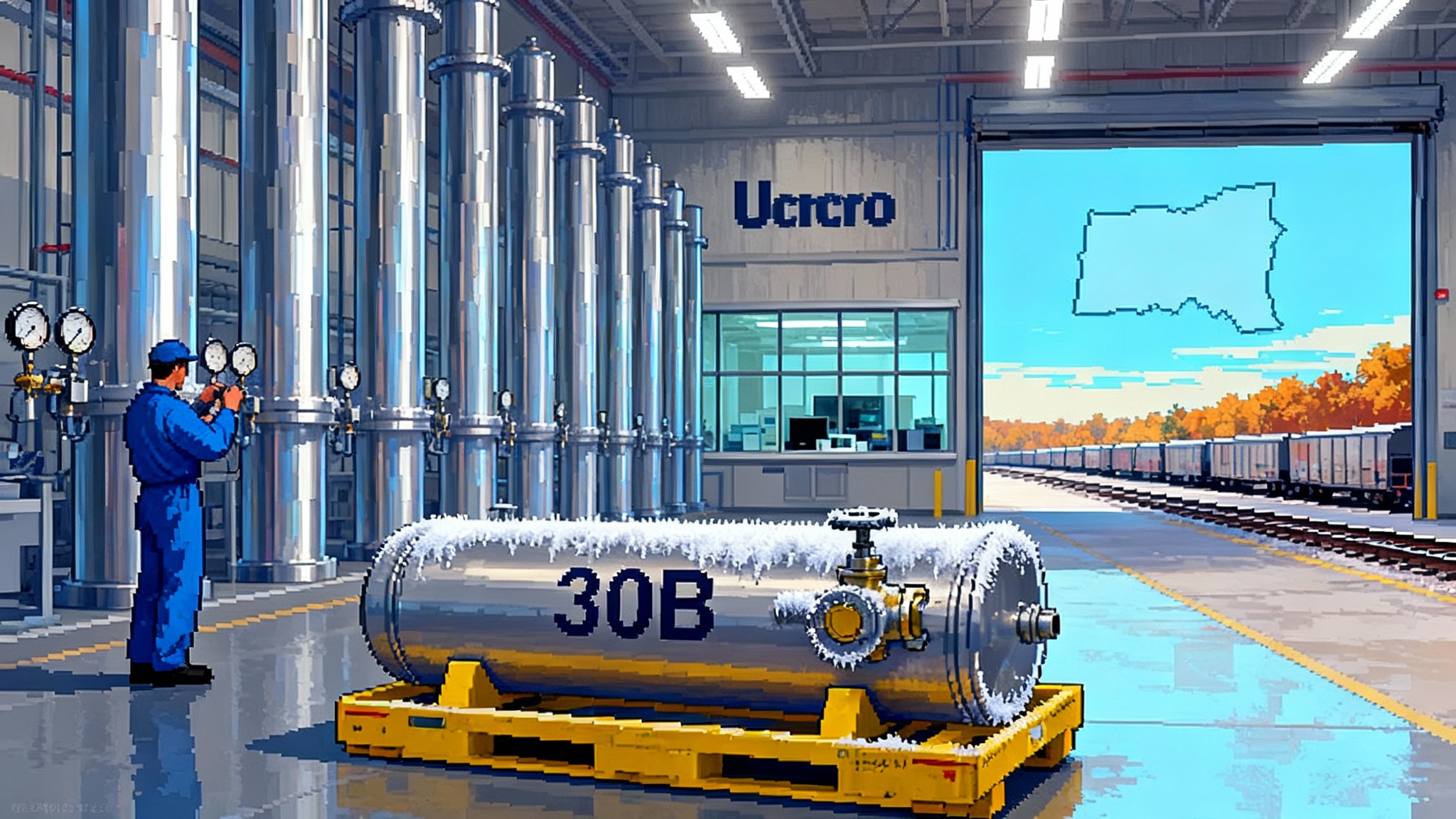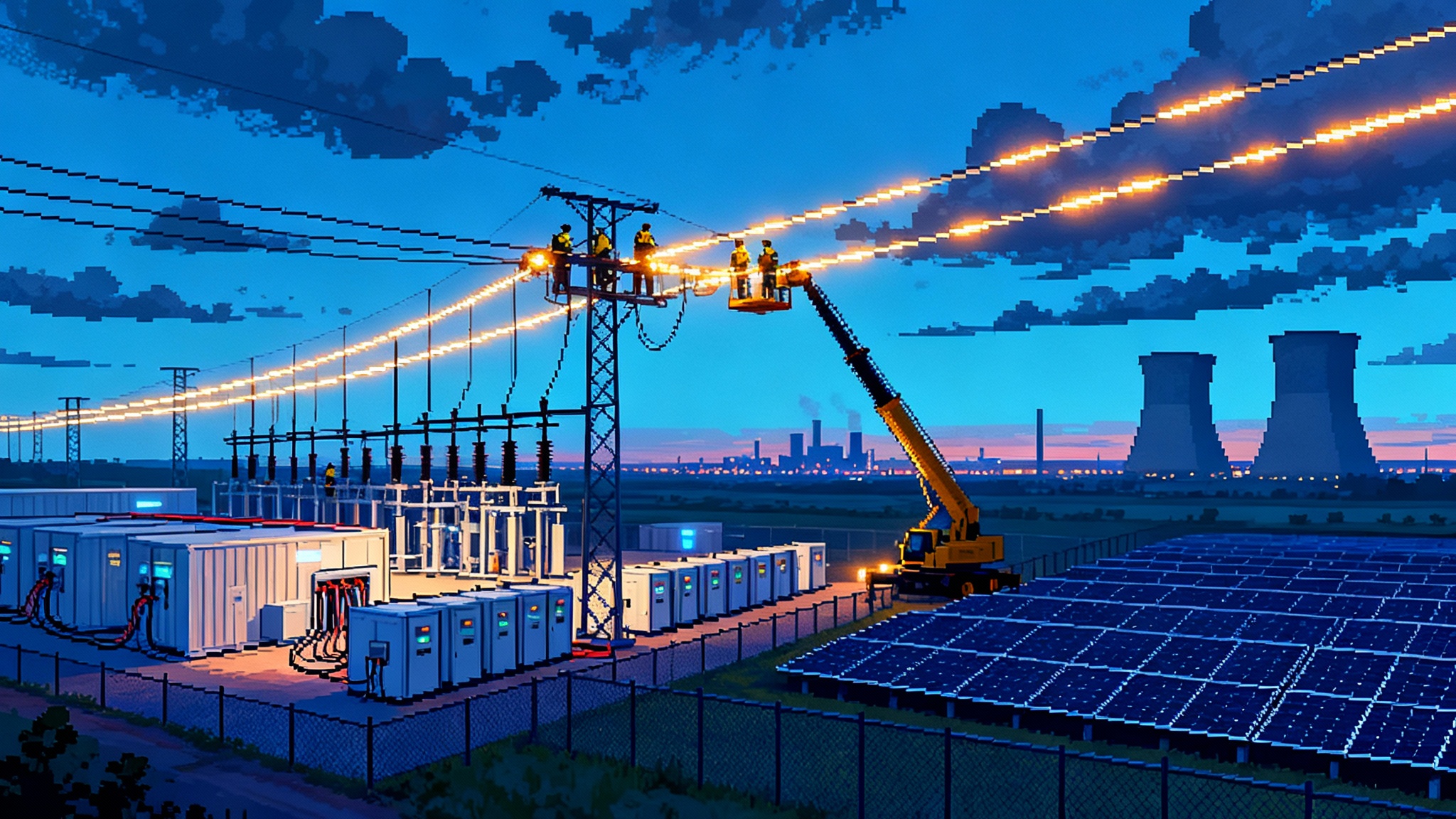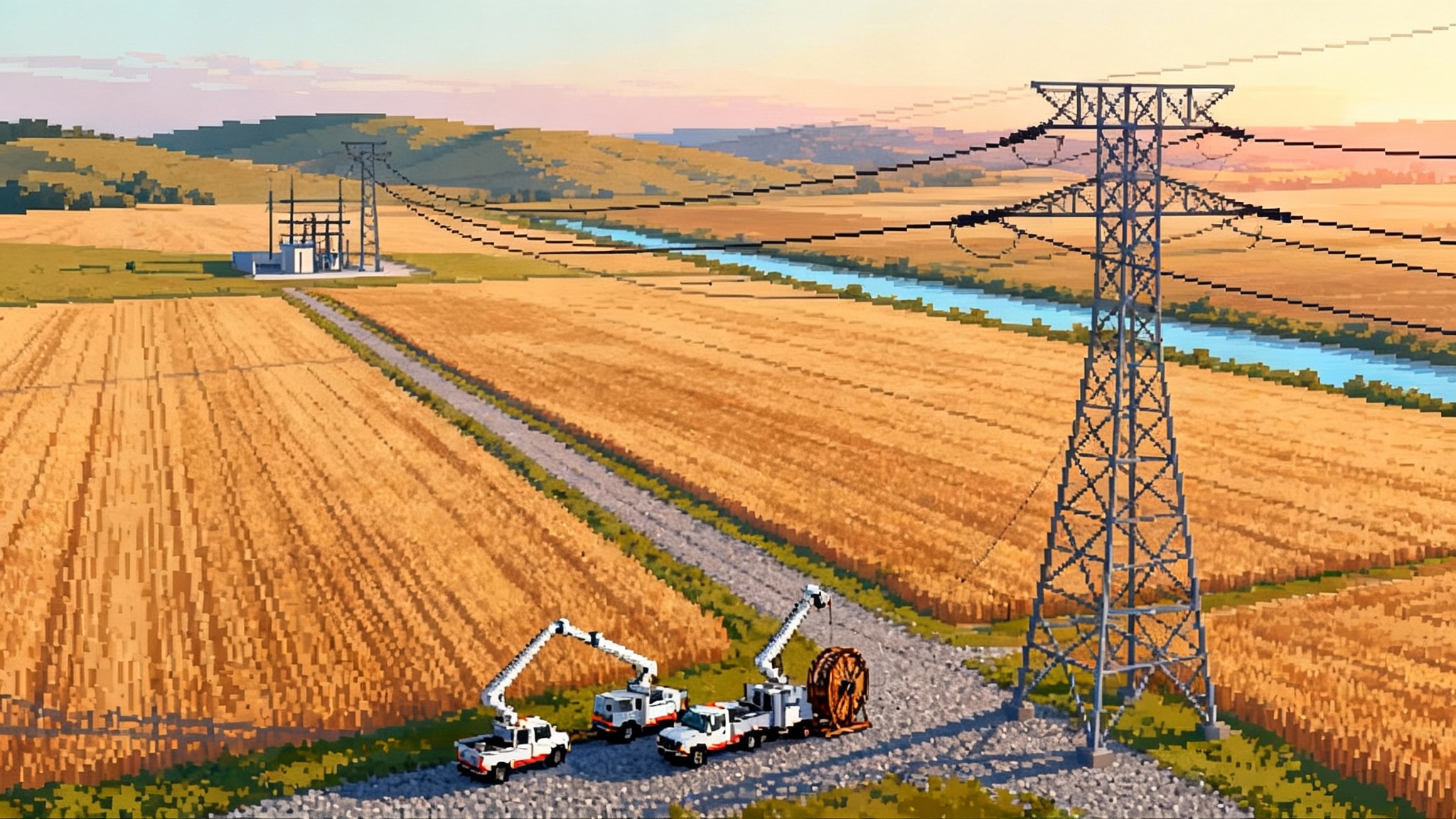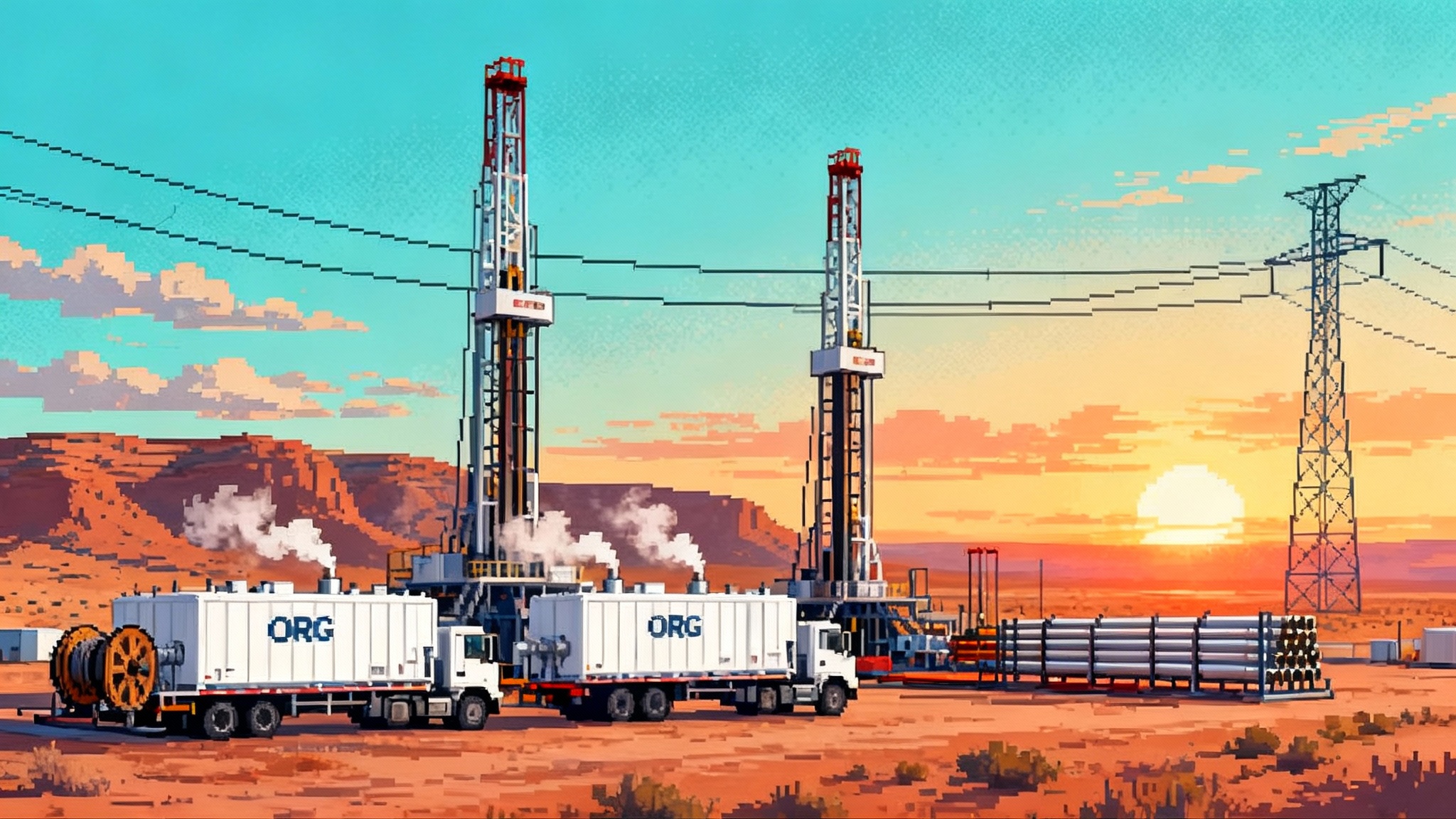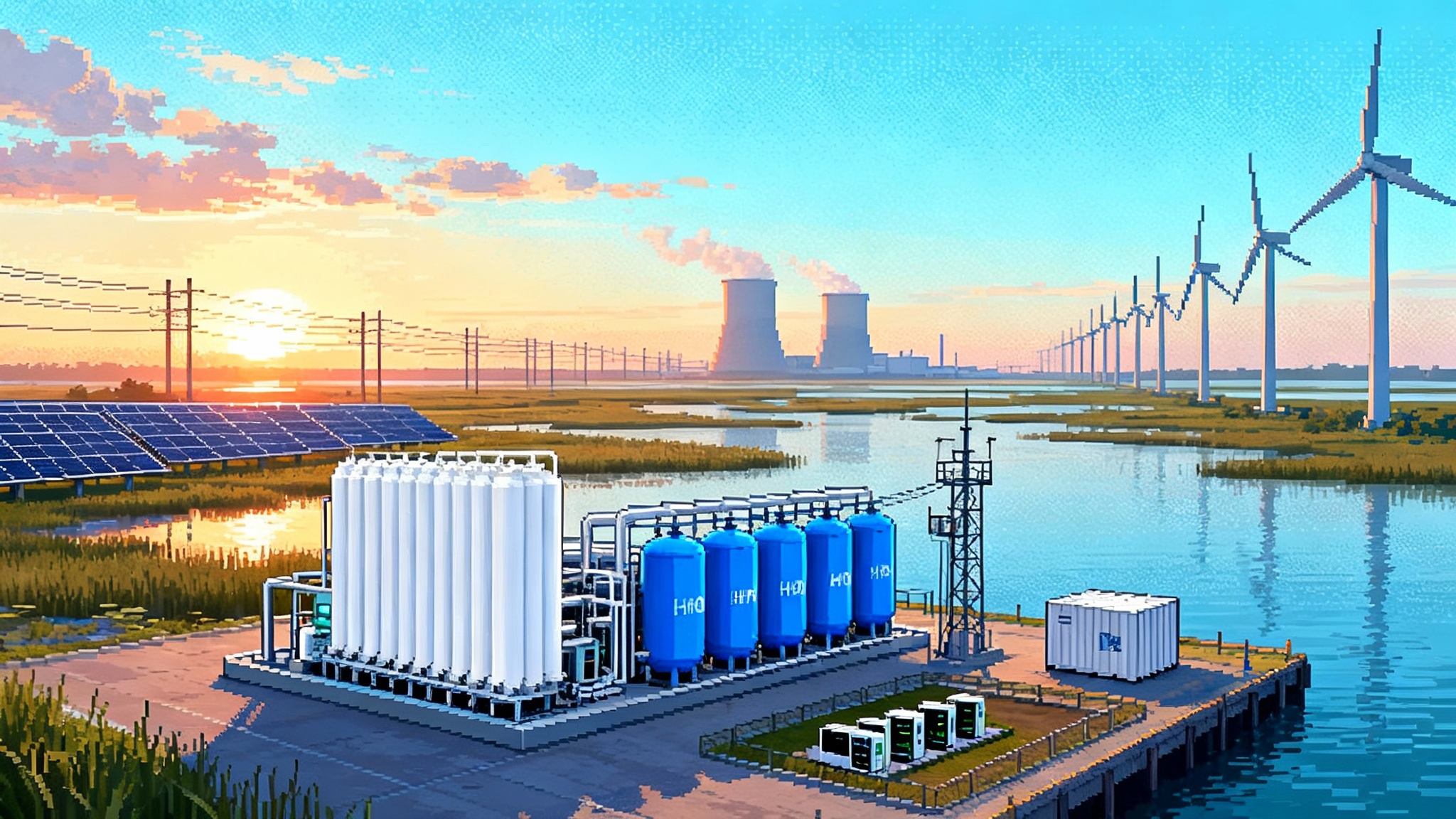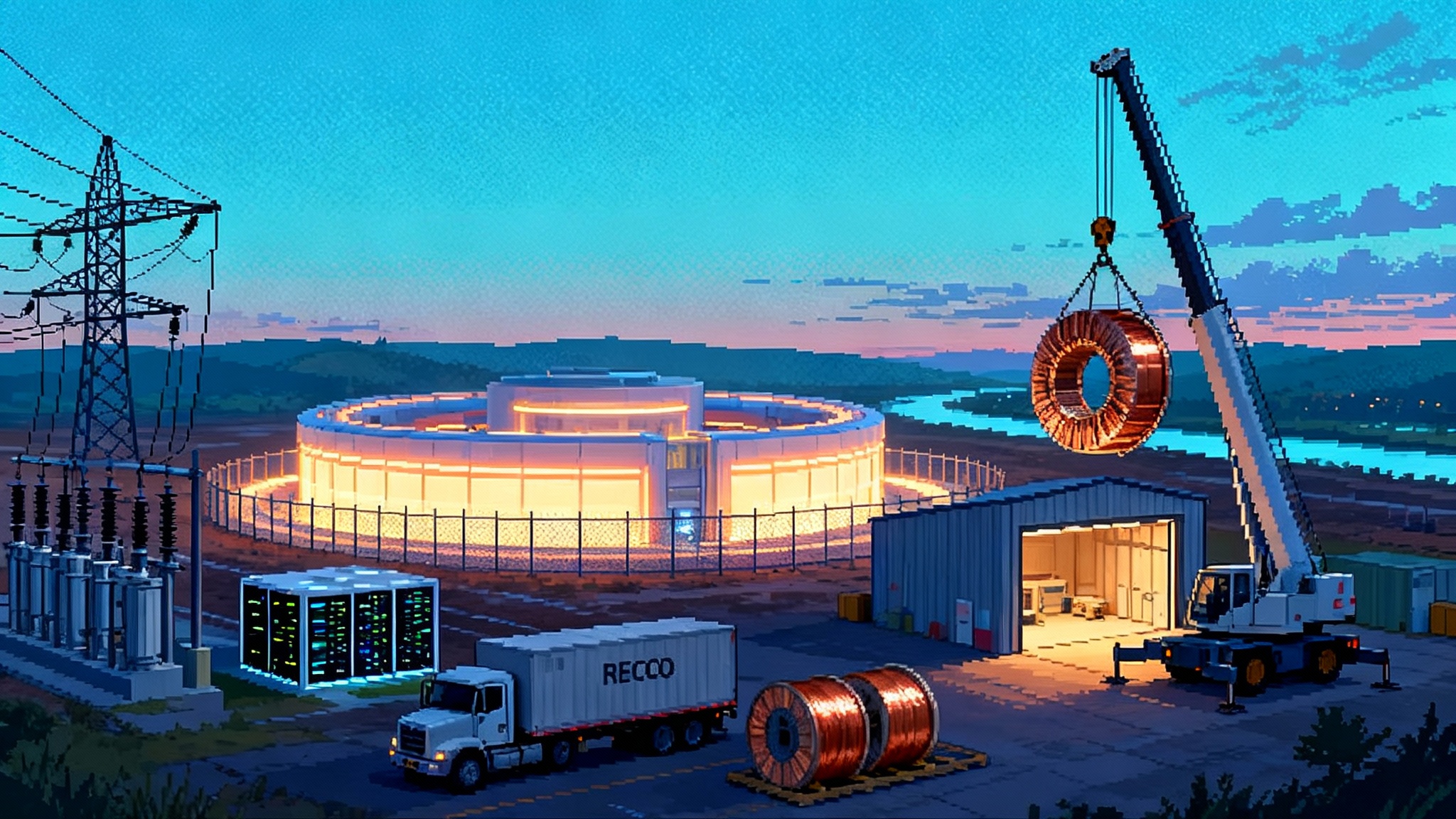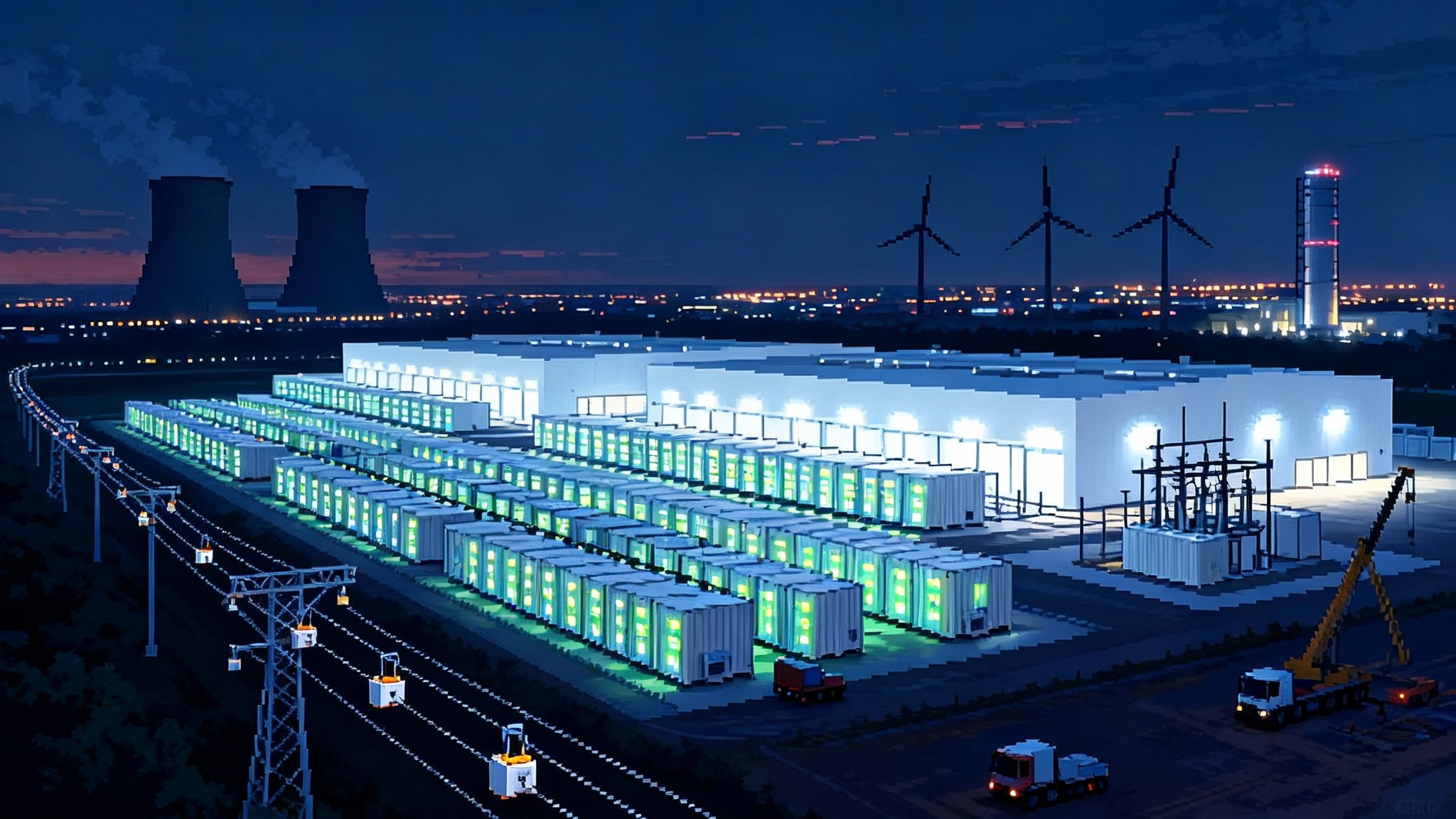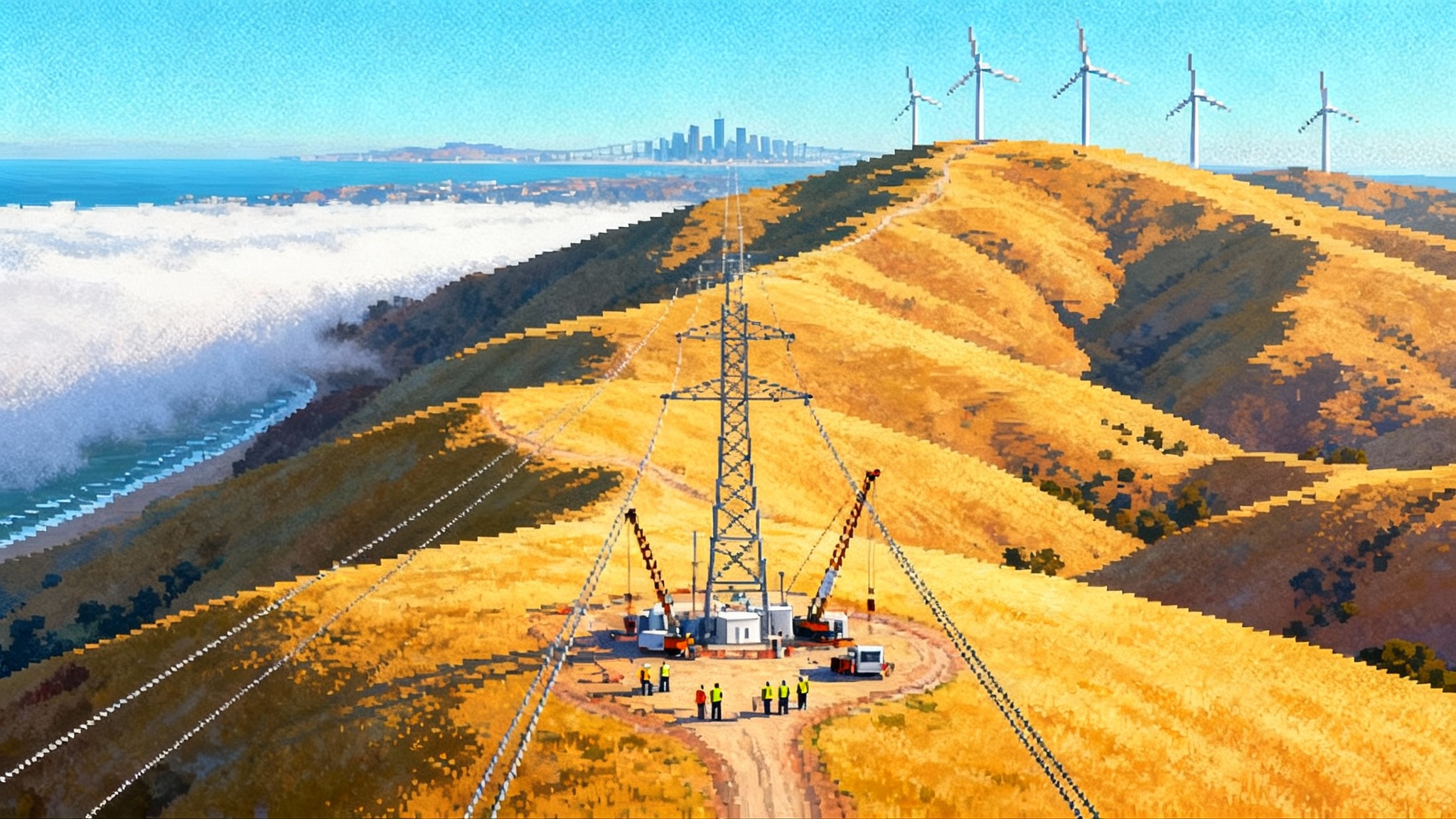energy
Articles under the energy category.
Gulf LNG Whiplash: October approvals and a court shock
October reset the U.S. LNG narrative with a big greenlight in Texas and a courtroom stop in Louisiana. Here’s what the new approvals, legal headwinds, EPC bottlenecks, and grid constraints mean for who actually ships by 2030.
LEU+ and HALEU mark 2025's pivot in U.S. nuclear fuel
With NRC approval for Urenco USA to produce LEU+ and DOE-backed HALEU output continuing at Piketon, the U.S. fuel cycle hits an inflection point. Here is how LEU+ bridges the gap to HALEU, what changes by 2028, and a practical playbook to lock supply.
We need your topic and angle to write this article
Use this fast, no-jargon guide to lock a concrete topic and decisive angle so we can deliver a magazine-grade feature that reads like breaking news.
AI’s Power Crunch Is Forcing A New U.S. Grid Playbook
Federal loan guarantees and sharper load forecasts show the U.S. grid shifting from planning to execution. Hyperscalers and utilities are racing to secure 24 hour supply with dispatchable capacity, big battery hybrids, selective on site generation, and next generation contracts.
Transmission’s make-or-break year starts with FERC 1920-A
FERC Order 1920-A starts the clock on 20-year regional transmission planning. See who files when, how states can lock cost allocation, which projects are likely to move first, and how to de-risk bids over the next 6 to 18 months.
Methane Showdown: U.S. Rollback vs Europe’s Clean-Gas Rules
Washington is moving to unwind the methane fee and pare back federal reporting just as Europe locks in strict 2027 import rules. With MethaneSAT lost in July, U.S. LNG and oil now need measurement and verification that can withstand customs‑level scrutiny.
Carbon pipelines rerouted as states reshape Corn Belt CCS
State decisions in 2025 reshaped Midwestern CO2 pipeline routes and storage plans. Iowa stayed the trunkline anchor, South Dakota shifted to voluntary easements only, and finance now leans on bankable 45Q while 45Z value settles in.
Enhanced Geothermal Goes Big: Cape Station’s 500 MW Moment
Fervo Energy has upsized Cape Station in Utah to 500 megawatts with real offtakes, named equipment, and first power set for 2026. Here is why engineered geothermal just moved into the firm, bankable core of the Western grid.
45V’s Final Rules Reset Where America Builds Clean Hydrogen
Treasury’s January 2025 rulebook for Section 45V makes the three pillars real. Incrementality, deliverability, and hourly matching by 2030 will shape where electrolyzers get built, how PPAs and certificates are written, and which hubs and industries scale first.
Fusion’s real start date: DOE’s roadmap and sprint
On October 14, 2025, the Department of Energy unveiled a fusion roadmap that puts dates on paper. With an NRC licensing framework pending, new public funding, hyperscaler offtakes, and magnet supply chain buildout, the next 24 to 36 months will determine how fast pilot plants reach the grid.
The storage pivot: new FEOC rules and ERCOT ascendant
A 2025 policy wave tied the storage ITC to a new material assistance cost ratio with rising 2026-2029 thresholds, just as ERCOT passes CAISO on operating capacity. Here is what changed, how to model the cliff, and four plays that keep projects pencilable.
Texas Energy Fund 2025: Will cheap loans deliver firm power?
Texas has begun approving low‑interest loans for new gas plants under the Texas Energy Fund. We map the 2025 pipeline, flag the projects most likely to hit notice to proceed, and test how added dispatchable megawatts could reshape ERCOT by 2028.
Solar Tariff Shock 2025: How U.S. Supply Rebuilds by 2027
A field guide for developers and buyers navigating new AD/CVD duties on Southeast Asian solar imports. Learn how to pivot sourcing, win the domestic content bonus, rebase PPAs and schedules, and spot the surprise winners.
45Z Goes Live: How New Rules Rewire U.S. Clean Fuels
Section 45Z flipped on January 1, 2025 and is already moving margins. With IRS and Treasury guidance on January 10 and late May updates, the winners are producers that register on time, document wage compliance, and design for LCFS plus low lifecycle emissions.
AI’s power scramble is rewriting the U.S. grid in 2025
Hyperscale AI demand is colliding with a constrained grid. Utilities are racing to add batteries, sign 24/7 clean power deals, and permit on-site gas microgrids. See where projects, policies, and capital are moving next.
FERC’s 1920-A puts states in charge of grid expansion
A plain-English guide to FERC Order 1920-A and what it means for 20-year regional transmission planning. See how stronger state roles, upfront cost allocation, and right-sizing can turn 2026 from planning into projects.
Europe Becomes the Methane Regulator for U.S. Oil and Gas
With the U.S. methane fee shelved in 2025, leverage shifted to export markets. Europe’s phased reporting and future methane intensity limits now decide which American barrels and LNG cargoes keep access, win premiums, or face discounts.
SB 254 flips the switch on public grid finance in California
California just changed who pays to build long lines. SB 254 creates a state-run transmission accelerator, a revolving fund, and a wildfire reset that can cut carrying costs and unlock stalled CAISO projects.

